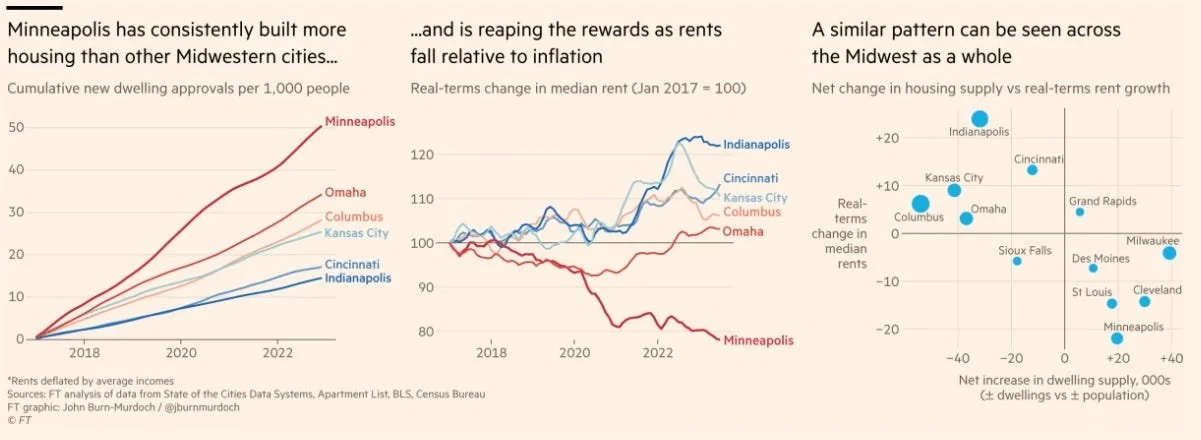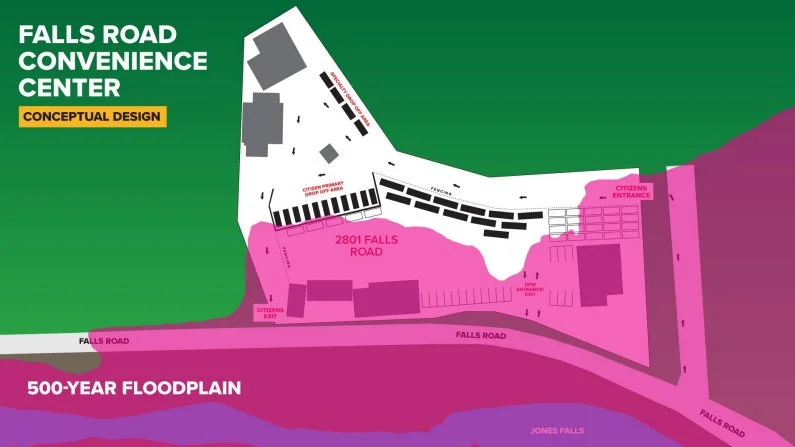Yesterday Baltimore Bike Share, a program of the City of Baltimore’s Department of Transportation announced that it will be taking the system offline from September 17-October 15 to address a security retrofit, maintenance backlog, and other enhancements in advance of expansion this fall.
Anyone trying to use bike share these past few months noticed how the system was failing. Empty stations became the norm. Many who had just begun to rely on bike share for their commute were suddenly faced with having to make other arrangements.
Contributing to the challenges of bike share operations was a rash of theft and vandalism that operators first became aware of late spring. As city staff and the bike share operator Bewegen began working on a solution, the system itself chose not to make any external communication regarding the system challenges. It’s a perplexing public relations move in this age of transparency — where information is readily available. For that the City and Baltimore Bike Share deserve criticism.
But in the wake of the formal announcement, we wanted to share with you some of the facts related to the reboot. Our stance on bike share is clear. It can work. Yes, even in Baltimore. When the bikes were available, our system succeeded on metrics related to miles traveled and ridership. Where it has fallen short is it’s inability to rapidly expand — meaning fewer neighborhoods get to experience the convenience of bike share — and not capitalizing on bike share’s greatest asset. It’s really fun!
Why does the marketing and communications about the largest fleet of electric bike share bicycles in the Western Hemisphere feel out of touch and out of date? Like it’s actually a bike share company communicating with us from the year 2005? But there is even good news to share on this topic. Last month, Bewegen hired a new marketing advisor for their U.S. market. Chris King has a lot of experience marketing transportation brands in the mid atlantic. And while Baltimore Bike Share has a long road ahead earning back the trust of its users, we are encouraged Bewegen recognized this shortcoming and took steps to correct course.
So in the spirit of transparency and clear communication here is a quick FAQ we put together based on some of the online chatter we saw in response to the announcement.
When will the bikes go offline?
September 17 to October 15
What sort of maintenance and upgrades will occur during that time?
All stations will be retrofitted with new locks to prevent theft.
Address bike maintenance backlog related to theft and vandalism
Station cleaning
Map and Kiosk sticker upgrades (new stations means new maps)
Pedalec technology enhancements including the ability to set your own speed or create system wide governors, like reducing max speed in high pedestrian areas like the inner harbor or in wet weather
Refurbish bikes (some will be shipped back to headquarters in Canada where they will receive full spa treatment and return shiny and new looking)
Why is Baltimore experiencing so much theft and vandalism? Haven’t other cities figured this out?
Loss is expected in systems like this. It’s planned for by implementing loss prevention techniques like locks and GPS, and insuring the bikes. Much is done to prevent it, but it is never fully avoidable. Other cities experience theft, but at a lower rate and within larger systems where the loss is less noticeable. The challenge with a system like this in Baltimore is that crime is more prevalent here, and it would be naive to ignore that fact.
Very few bikes have been totally lost, but when they are recovered they face extensive repairs—tying up maintenance staff and creating a serious bottleneck, reducing the number of bikes available to rent.
What’s encouraging is that the folks involved in addressing this issue recognize that locks are not enough. So while a technical fix is in place to improve loss prevention, we’ve been encouraged by conversations with Bewegen this week that demonstrate they are exploring ways to creatively prevent and intervene when crimes like this occur. They know that making bike share more accessible and inclusive must be part of the strategy.
Why didn’t we use better locks, or a proven operator?
Despite Bewegen being a newer company, they are not new to bikeshare. The engineers and business leaders were involved in creating and founding the very first bike share systems under the Canadian company Bixi.
The locks on the stations in Baltimore are nearly identical to ones in bike share docks across the country. That said, each company has to develop it’s own proprietary equipment--something typical in a small market.
In the face of this challenge, Bewegen has stepped up and taken responsibility for this shortcoming and is bearing the cost for the research, design, and installation of the new locking system. Additionally Bewegen has provided extra maintenance staff, and is extending the warranty on bikes that were vandalized.
It’s not ideal, but Bewegen has demonstrated itself to be a company of high integrity, committed to making this work in Baltimore. The City, and most importantly taxpayers are not on the hook for these challenges.
Why didn’t Baltimore Bike Share communicate earlier?
We don’t know. We advocated for it. Strongly. But communication out of DOT has always been a challenge. Transparency is not our City’s strong suit. But other stakeholders are ready to fill the void, and we believe that this was a learning moment for Bewegen and one they have actively addressed by hiring someone local in Baltimore to manage marketing and communications for US markets moving forward.
Is the membership extension only for founding members? Can I get a refund?
While the specific details of compensation haven’t been disclosed from Bewegen, what we have heard presently is that anyone that has ever purchased a month membership will receive a free month. Anyone that purchased an annual membership will be compensated at an extended rate — which we expect to be anywhere from 6 months to a year. They plan on communicating the specifics very shortly, so members should watch their email for specifics.
Does Bikemore think Bike Share can work in Baltimore?
Yes. But in order to get there we need a few things:
The City has to be bike share’s biggest cheerleader. We would love to see Mayor Pugh riding a bike share bike at the October relaunch. Bike share is healthy, fun, and affordable — and should be something the city works hard to expand and get right.
We have to figure out the public/private partnership. Sponsors haven’t been clamoring to get on board. And following this setback, it may prove even more difficult to get corporate sponsors interested. The City needs to evaluate the plan and process for securing sponsors, and perhaps find ways to improve the system and expand through other means. Allow bike share a solid 12 months of success, and it will be much easier to ask someone to attach their brand to the system. Additionally, if bike share is to operate as public transportation the City must explore ways to fund with public dollars. Allowing the private market to solely dictate expansion rates and station locations will only further the inequity. Is there a way to allocate revenue from things like the parking tax or traffic citations to fund transportation improvements city wide? We want to see City Council and the Mayor’s office exploring these options.
Do more to make bike share for everybody. The Downtown Partnership’s subsidized membership program is good, but how is it being communicated? How easy is it to obtain? Getting equity right on bike share is a challenge that every city is confronting. No one has gotten it right yet, but many are headed in the right direction. We have to be one of those cities. We have to be willing to lead and be visionary in this area. Mobility isn’t something to be taken lightly. In no way is bike share a panacea in addressing Baltimore’s transportation inequities. But it most certainly should not exacerbate the inequity.







